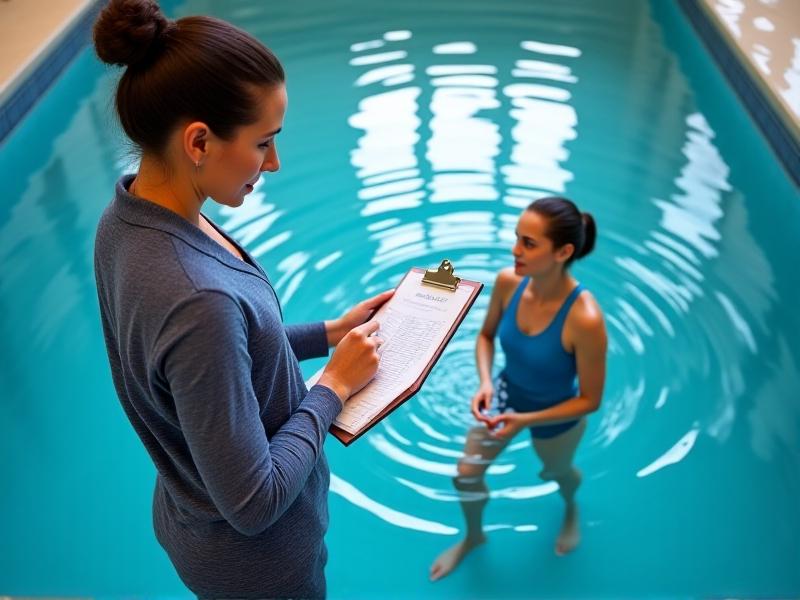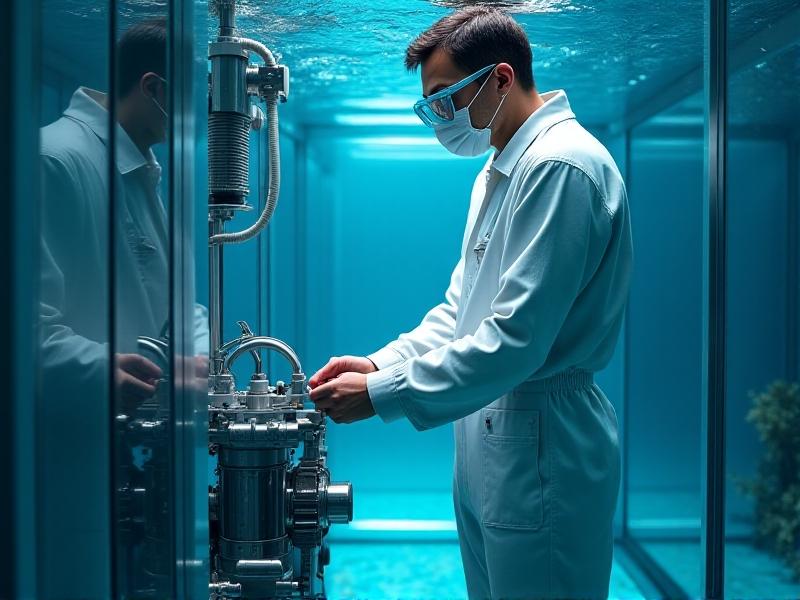Aquatic Dual-Task Training Protocols
Introduction to Aquatic Dual-Task Training
Aquatic dual-task training is an innovative approach that combines physical and cognitive exercises in a water-based environment. This method leverages the unique properties of water, such as buoyancy and resistance, to enhance both motor and cognitive functions. By integrating tasks that require simultaneous physical and mental engagement, this training protocol aims to improve overall functional capacity, particularly in populations with neurological or musculoskeletal conditions.

The Science Behind Aquatic Dual-Task Training
The effectiveness of aquatic dual-task training lies in its ability to stimulate multiple neural pathways simultaneously. Water's buoyancy reduces joint stress, making it an ideal medium for individuals with mobility issues. At the same time, the cognitive tasks challenge the brain, promoting neuroplasticity. Research has shown that this dual engagement can lead to improved balance, coordination, and cognitive processing speed, making it a valuable tool for rehabilitation and performance enhancement.

Designing Effective Aquatic Dual-Task Protocols
Creating an effective aquatic dual-task training protocol requires careful consideration of both physical and cognitive components. Exercises should be tailored to the individual's abilities and goals, with a gradual progression in complexity. For example, a simple task might involve walking in water while counting backward, while a more advanced protocol could include navigating obstacles while solving math problems. The key is to ensure that both tasks are challenging yet achievable, promoting continuous improvement.

Benefits for Neurological Rehabilitation
Aquatic dual-task training has shown remarkable promise in neurological rehabilitation, particularly for individuals recovering from stroke or living with Parkinson's disease. The combination of physical and cognitive challenges helps retrain the brain and body, improving gait, balance, and executive function. Moreover, the calming nature of water can reduce anxiety and enhance motivation, making it a holistic approach to recovery.
Applications in Sports Performance
Athletes can also benefit from aquatic dual-task training, as it enhances both physical and mental resilience. By simulating game-like scenarios in the water, athletes can improve their reaction times, decision-making, and endurance. This training method is particularly useful for sports that require quick thinking and precise movements, such as soccer or basketball. Additionally, the low-impact nature of aquatic training reduces the risk of injury, allowing for more frequent and intense workouts.
Challenges and Considerations
While aquatic dual-task training offers numerous benefits, it is not without challenges. Safety is a primary concern, as water environments can pose risks, especially for individuals with limited mobility or cognitive impairments. Proper supervision and equipment, such as flotation devices, are essential. Additionally, the cost and accessibility of aquatic facilities can be limiting factors. Addressing these challenges requires careful planning and collaboration between healthcare providers, trainers, and facility managers.
Future Directions in Aquatic Dual-Task Training
As research continues to uncover the potential of aquatic dual-task training, new applications and innovations are likely to emerge. Advances in technology, such as wearable devices and virtual reality, could further enhance the effectiveness of these protocols. Additionally, expanding access to aquatic facilities and integrating this training into mainstream rehabilitation and fitness programs could benefit a broader population. The future of aquatic dual-task training is bright, offering exciting possibilities for improving health and performance.







